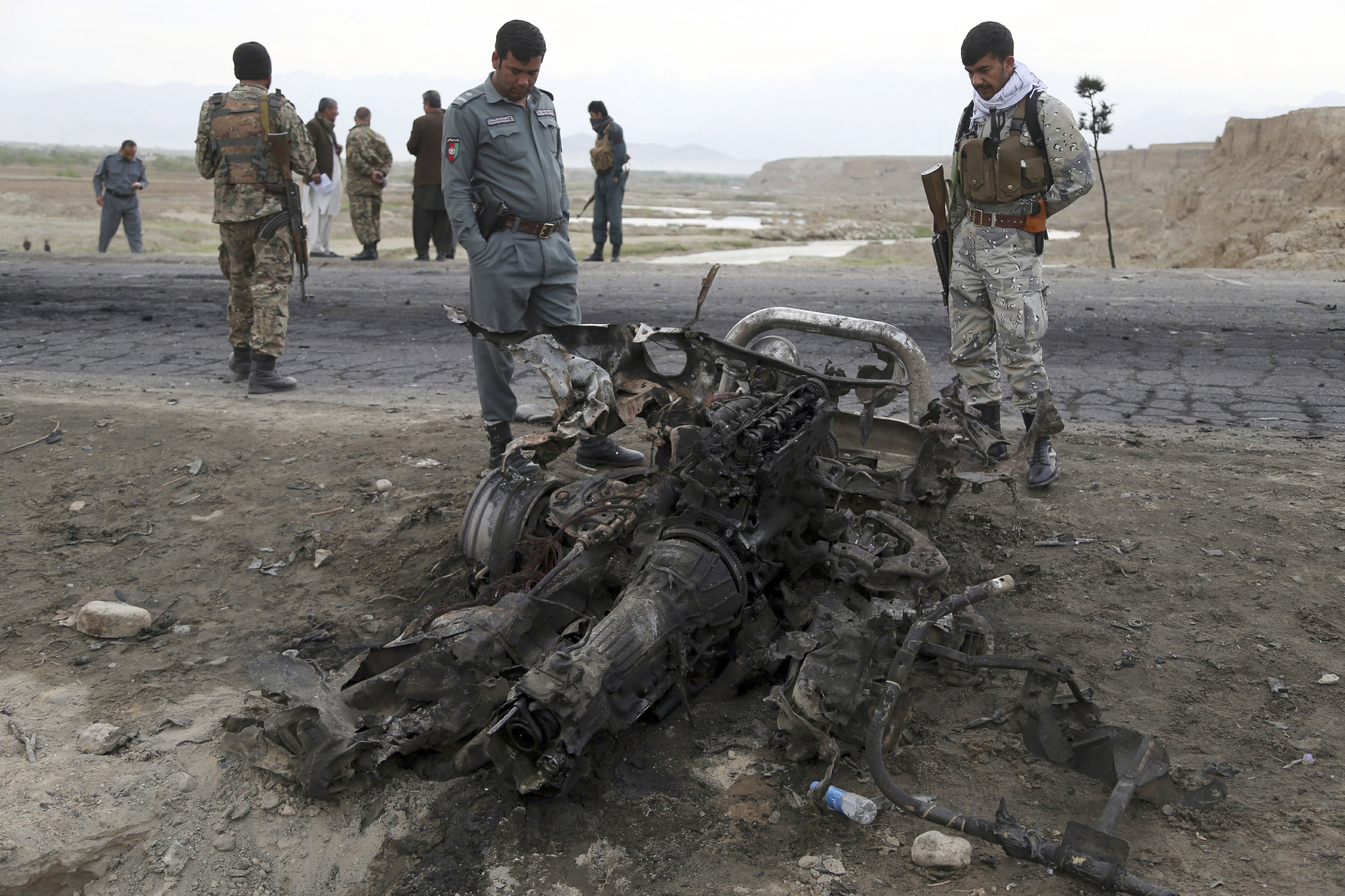
VANDENBERG AIR FORCE BASE, CA, UNITED STATES
04.09.2019
Story by Senior Airman Clayton Wear
30th Space Wing Public Affairs
Col. Michael Hough, 30th Space Wing commander, and Chief Master Sgt. Diena Mosely, 30th Space Wing command chief, joined the Civil Engineer Squadron Fire Department March 21, 2019 as they conducted fire training at Vandenberg Air Force Base, Calif. Throughout the fire exercise, Hough and Mosely experienced what procedures are necessary to combat small-scale fire conditions, giving them just a taste of what Vandenberg firefighters are exposed to during a fire.
“This type of interaction with firefighters gives Col. Hough and Chief Mosely an opportunity to see what we do, and how we do it,” said Senior Master Sgt. Corey Coleman, 30th CES deputy fire chief. “This helps them understand what they can do to assist us in accomplishing our mission, which is to provide fire and emergency services to the 30th Space Wing and our surrounding community.”
By allowing Hough and Mosely to integrate into the training, the team was able to share knowledge on proper protective gear and procedure to perform their duties in a safe manor, providing leadership with a further understanding to advocate for the necessity of the diverse skillsets within their mission.
The Fire Department not only trains hard, but works hard every day, and due to their outstanding performance and dedication, the 30th Civil Engineer Squadron fire department was recognized as the Best Fire Department in the Air Force for 2018, marking their sixth AF level award in the last 14 years.
The Vandenberg Fire Department, composed of 116 firefighters and technical support specialists, operating out of six fire stations spread across Vandenberg, does more than simply responding to calls on the installation. The team often works hand-in-hand with state first responders, aides in the recovery of high value assets and, on previous missions, will travel the span of the continental U.S. in order to aid rescue efforts. They are also assigned to the California National Incident Response Teams and have responded to Hurricane Katrina, the Space Shuttle Columbia search and recovery, wildland fires in Colorado Springs, Hurricane Florence and the Goleta mudslide disaster, just to name a few.
“Our firefighters have stood shoulder-to-shoulder with their off-base counterparts during the biggest fires in California…saving thousands of lives, homes and businesses,” said Mark Farias, 30th CES fire chief. “This cooperation has been reciprocal, as was evident during the 2016 Canyon Fire. Over 1,000 off-base firefighters put their safety at risk in combating this fire and saving many of our critical facilities.”
According to Farias, due to their passion for innovation and their desire to serve, the Fire Department has developed new metrics of efficiency, effectiveness and better leaders for the U.S. Air Force and has also split into different sections, allowing members to grow as great leaders at every level.
“Our innovations have driven new performance paradigms for our career field which have lead our peers across the Department of Defense,” said Farias. “By investing in our leaders and developing diverse talent in every functional area of our organization. While the majority of personnel work in the Emergency Response section, we also have Fire Inspectors, Arson Investigators, 9-11 Dispatchers, Hot Shots and Paramedics.”
In order to lead with effectiveness, efficiency and attitude, every service the team provides both locally and abroad takes top priority.
“As a team we build our reputation – one 911 call, one emergency response, one fire safety inspection at a time. We know that every action we take has an impact on the lives of our customers. We respond to and solve some of our community’s toughest problems,” said Coleman. “We sweat hard to support our customers in every aspect of their lives – at work, at play and at home. Our people dedicate themselves day in and day out to fulfilling our mission…Serve – Save – Survive.”
Thanks to the outstanding service that the 30th CES Fire Department provides, not only aiding the base, but the local community, showcasing why they are seven time Best Air Force Fire Department award winners.











